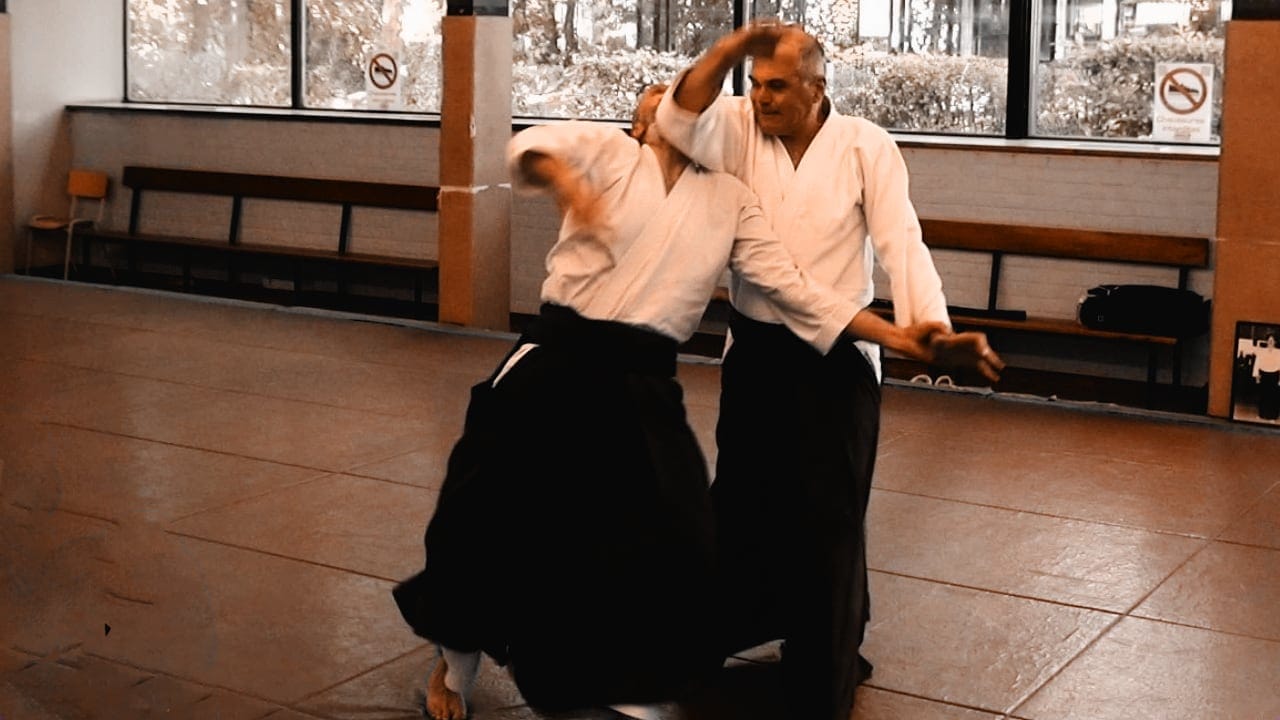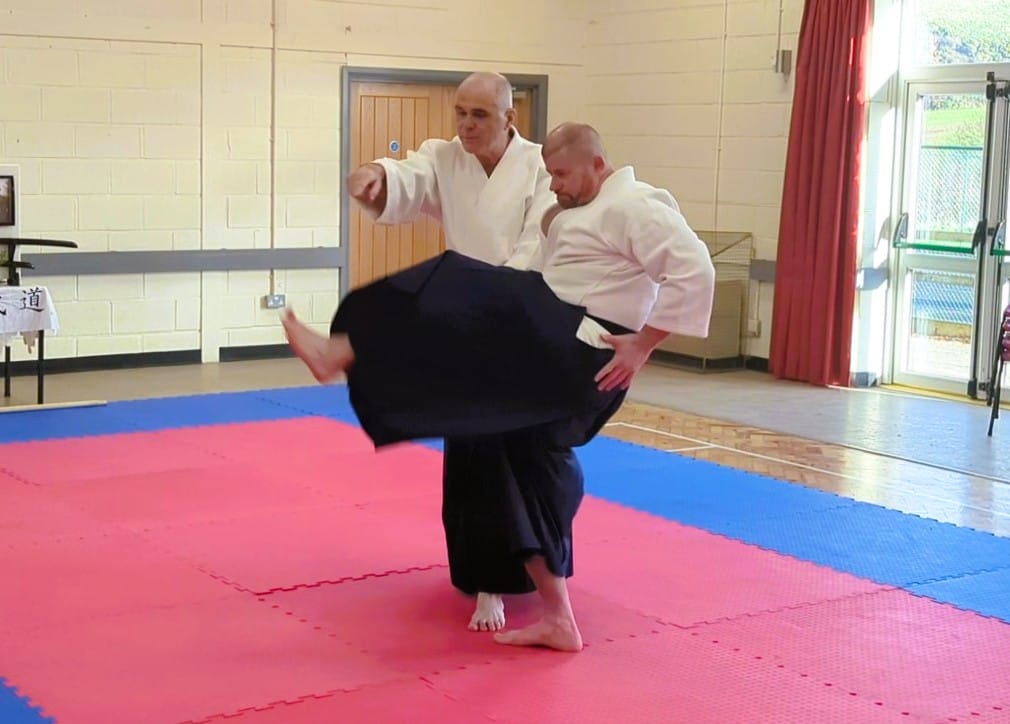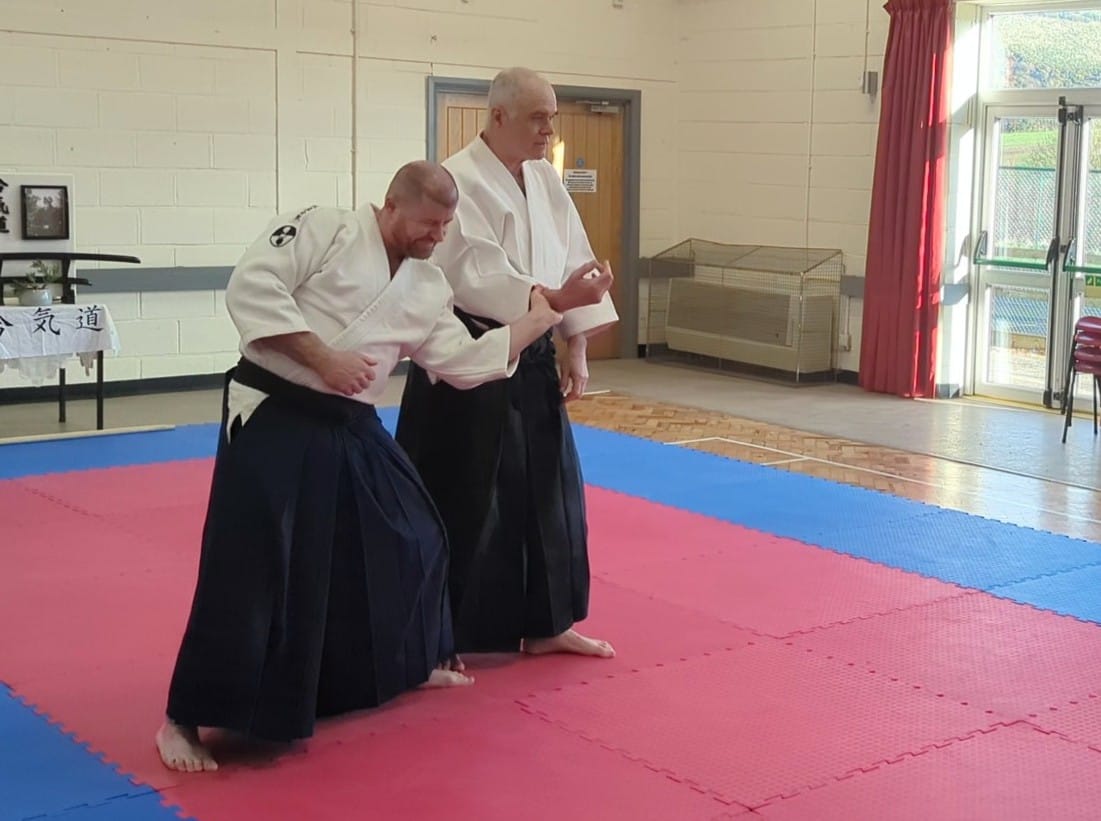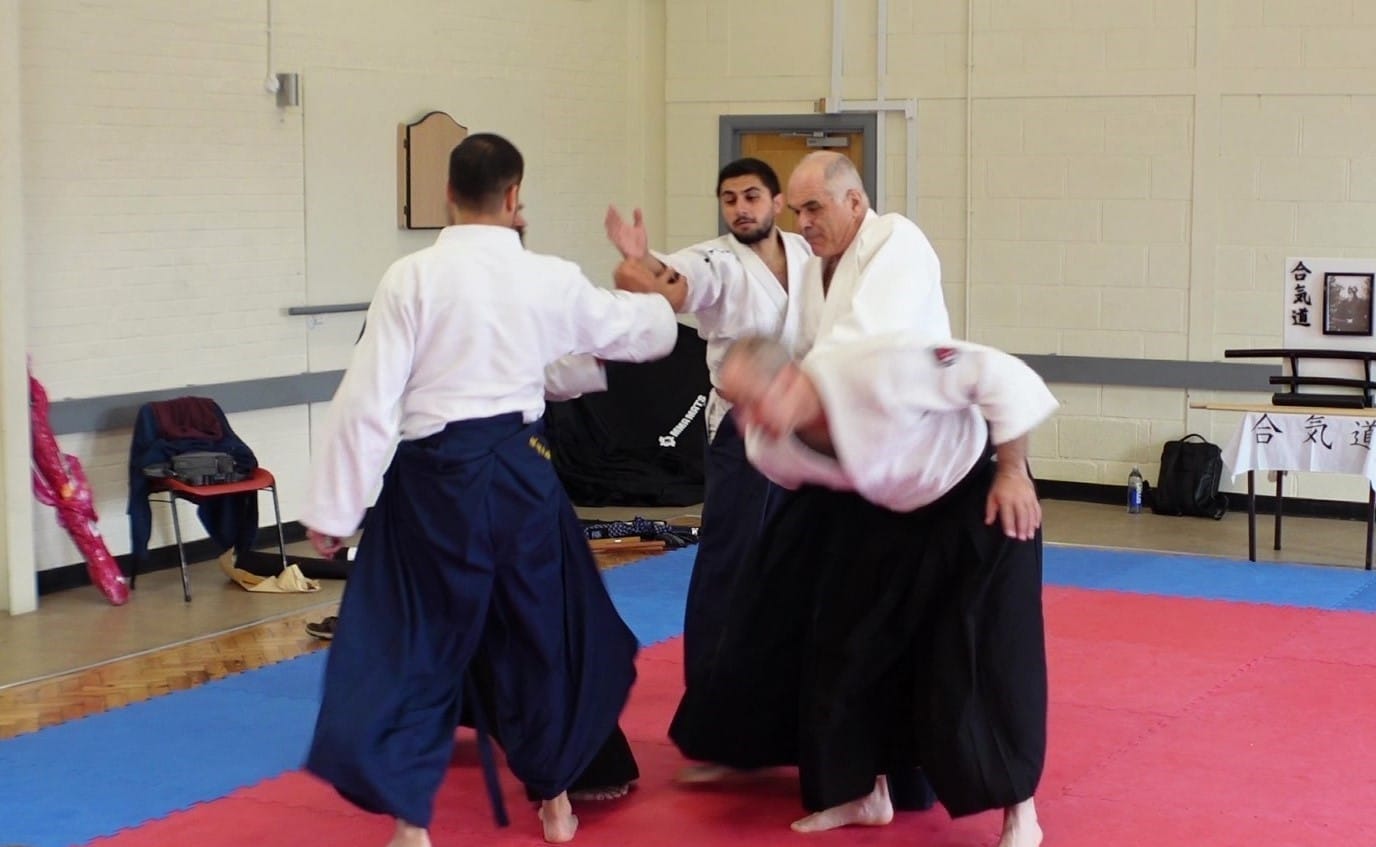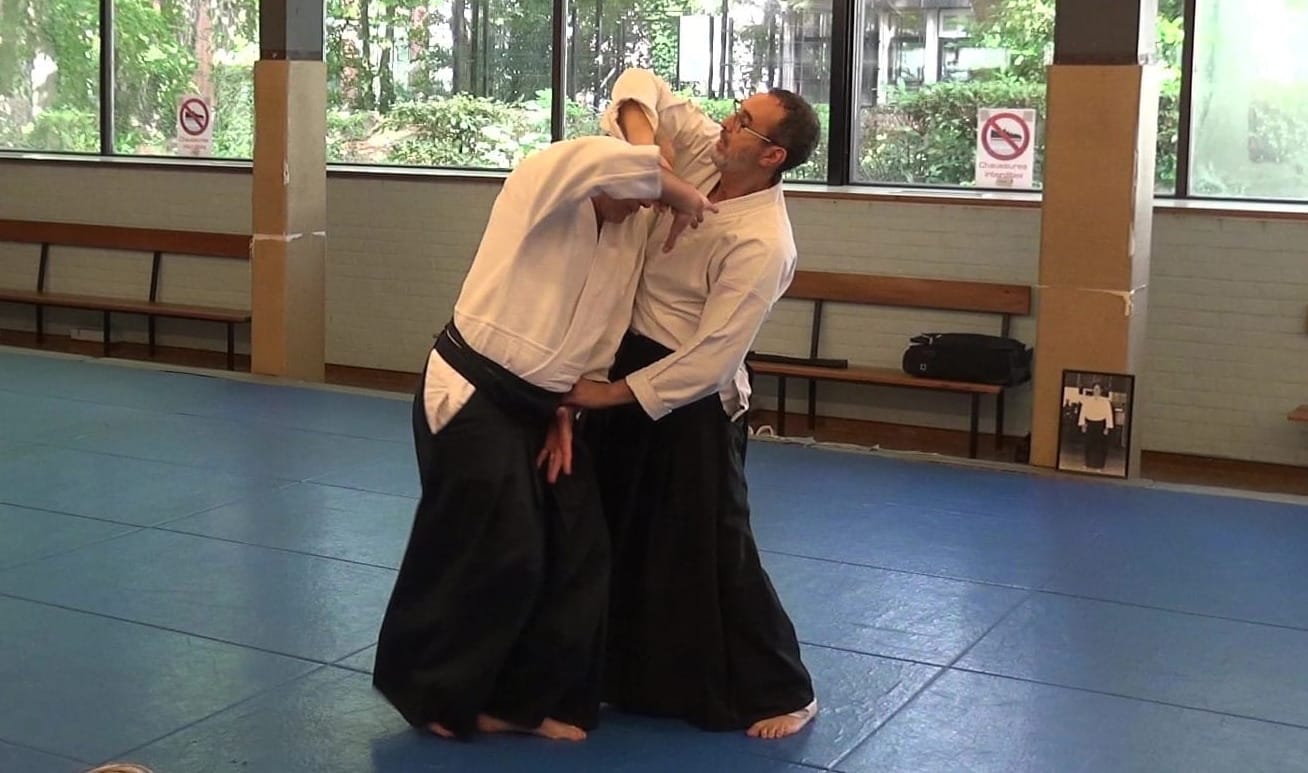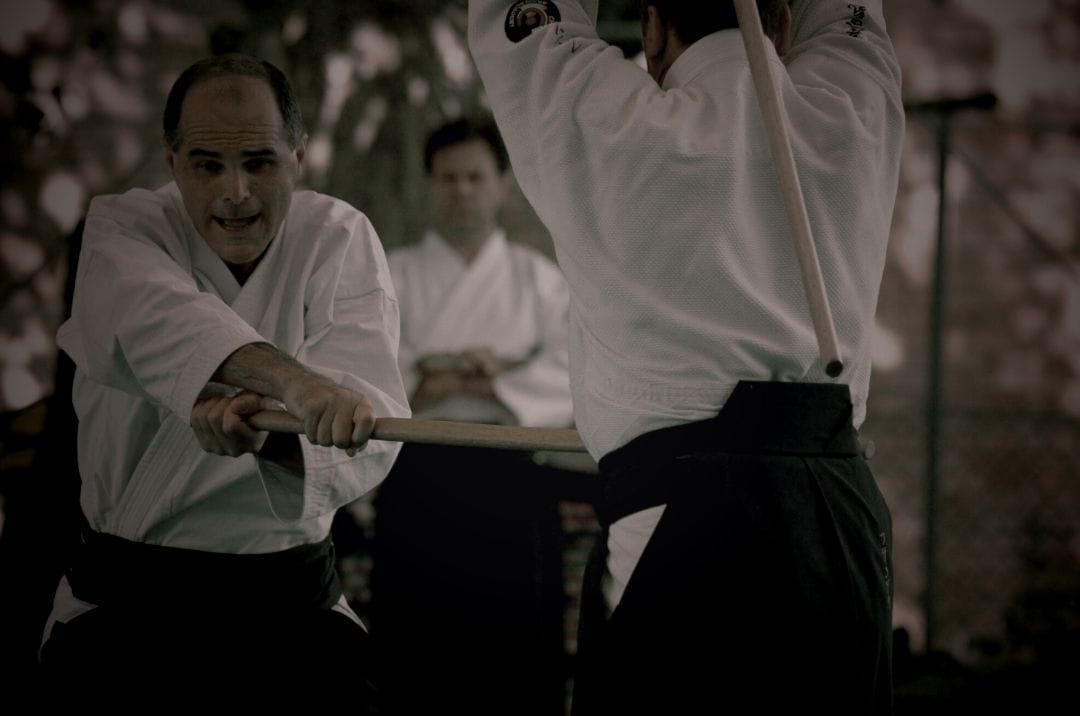Tori does not move in order to get into a favourable, sheltered position, this favourable position then allowing him to throw uke.
It is quite true that moving allows a compromised situation to be restored, to be reversed to tori's advantage, and to put him in a safe position; this is the definition of tai sabaki: using the body to restore order to a disturbed situation.
But this is only one function of the move. There is a second function that is just as important: movement is what causes uke to fall. By moving, the body penetrates uke's sphere while destroying his balance, and the fall or control follow. This means that at the end of the move, the Aikido technique is not left to be done, it is finished. The video shows this:
The technique will of course take a different form depending on certain secondary choices made by tori: ikkyo or shiho nage, nikyo or kote gaeshi, sankyo or kaiten nage etc., but it is each time the movement that - fundamentally - will produce the technique, without it being possible to explain the essence of it by the accessory choice of this or that type of grip. This truth takes on an even stronger meaning with weapons.
This observation is an important clue to understanding the meaning of the often-repeated but never really explained phrase: "in Aikido you have to forget the technique".
Please also bear in mind, in the context of this explanation, a point I have already made. The movement of Aikido (tai no henka) perfectly combines two requirements which do not seem to depend on each other: maximum safety for tori and maximum efficiency. Coincidences are always possible, of course, but the systematic conjunction - by means of a single move and whatever the circumstances of the attack - of two necessities that are unrelated at first sight, is quite remarkable and should question reason.

